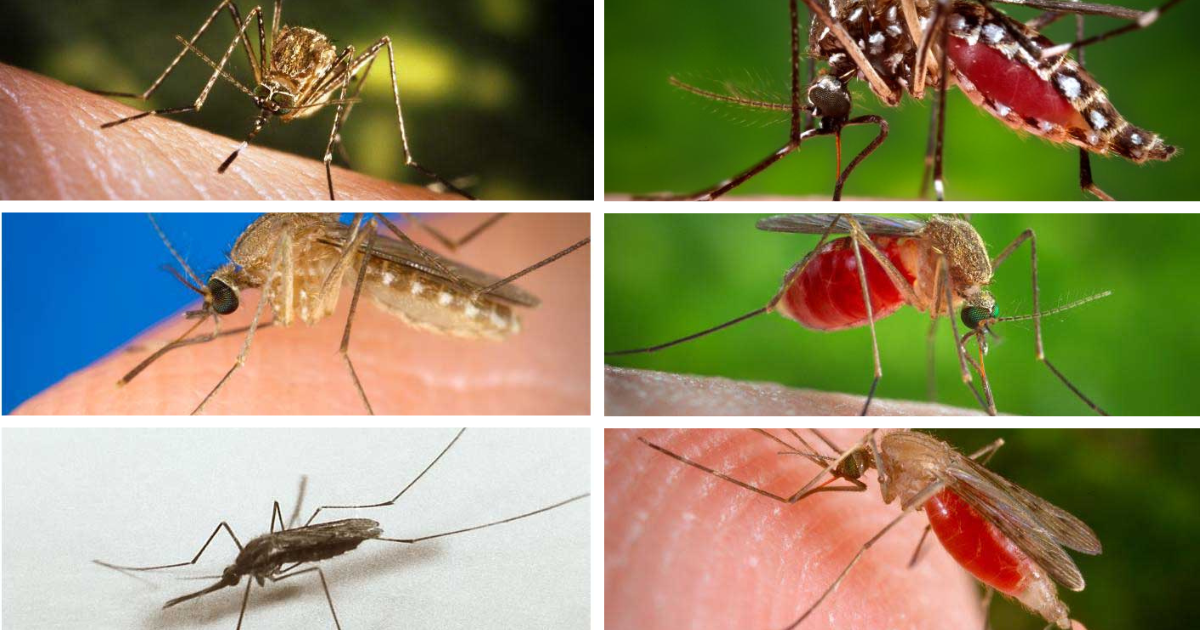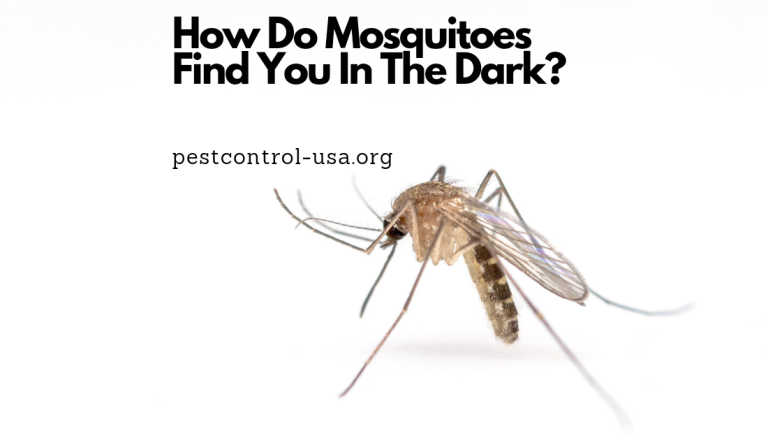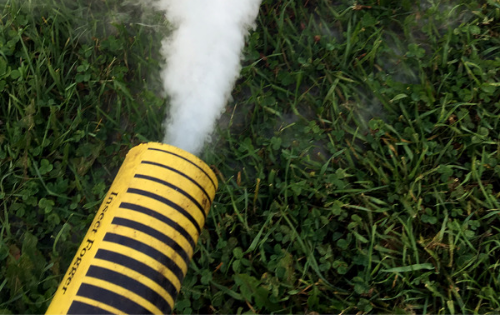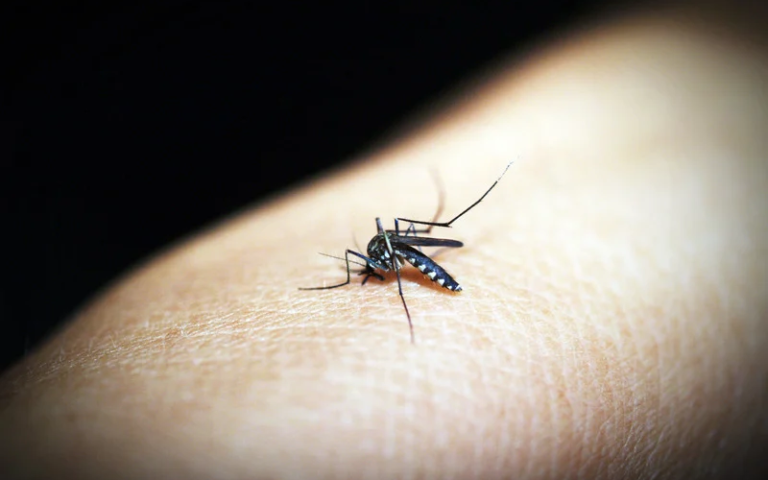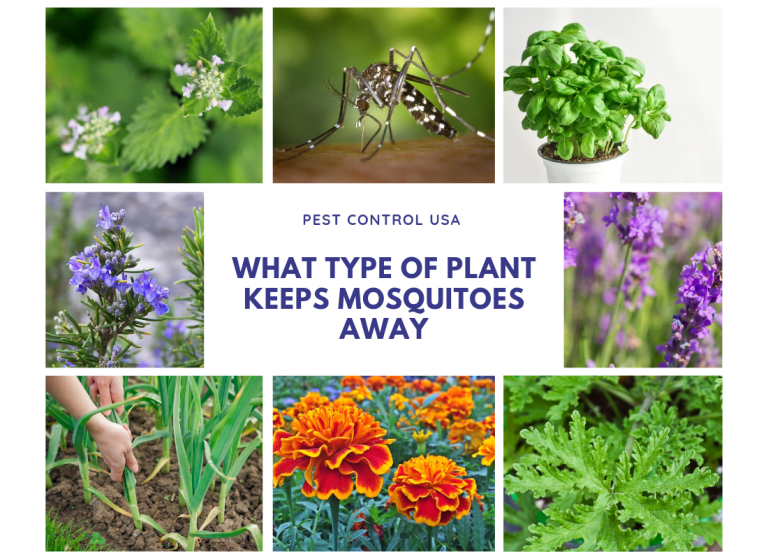It is commonly known that there are different types of mosquitoes, but did you know that there are actually 3,500 different species of mosquitoes in the world? That’s right! Out of all those different types of mosquitoes, 200+ of them are found in the United States, as per Centers for Disease Control and Prevention (CDC). And out of those 200, only 30 can transmit disease to humans. So, which mosquitoes are the most common in the U.S.? Keep reading to find out.
Are There Different Species of Mosquitoes?
In the United States, the six most common types of mosquitoes that can spread germs are the Aedes aegypti, Culex species, Culex tarsalis, Culex quinquefasciatus, Anopheles freeborni, and Anopheles quadrimaculatus mosquitoes.
Aedes Aegypti Mosquito
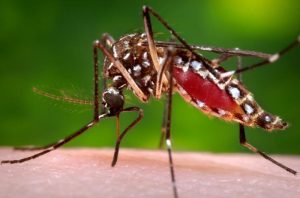
They can spread chikungunya, dengue, and Zika virus. This type of mosquito can be found in 27 states. This type of mosquito is easily recognizable by its black and white stripes. This type of mosquito is aggressive biter during the day. Avoid bites by using an EPA-registered insect repellent, wearing long-sleeved shirts and long pants, and staying in places with air conditioning or that use window and door screens.
Culex Species Mosquito
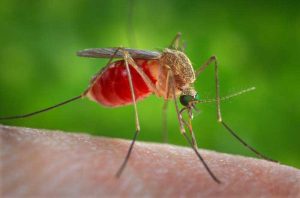
This mosquito can spread encephalitis (sleeping sickness), meningitis (inflammation of the brain or spinal cord), secondary bacterial pneumonia, West Nile virus, and Western equine encephalitis virus. This type of mosquito is a nighttime biter. Avoid bites by using an EPA-registered insect repellent at night, wearing long-sleeved shirts and long pants at night, and avoiding being outdoors when mosquiattack activity is greatest—dusk to dawn.
Culex Tarsalis Mosquito
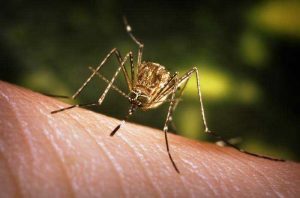
Culex Tarsalis Mosquito can spread encephalitis (sleeping sickness), meningitis (inflammation of the brain or spinal cord), primary bacterial pneumonia, St. Louis encephalitis virus, West Nile virus, and Western equine encephalitis virus. This type of mosquito can be found in 41 states and is known for spreading diseases like West Nile virus and encephalitis. The Culex tarsalis mosquito is most active at night and typically bites humans around dawn and dusk. This type of mosquito is easily recognizable by its brown or gray body with white markings on its legs. Avoid bites by using an EPA-registered insect repellent at night, wearing long-sleeved shirts and long pants at night avoiding being outdoors.
Read Also: How to Get Rid of Mosquitoes?
Culex Quinquefasciatus Mosquito
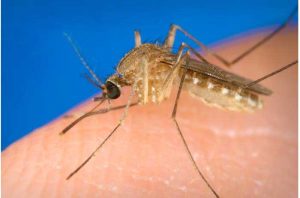
This type of mosquito can spread dog heartworm disease and secondary bacterial pneumonia. This type of mosquito can be found in 37 states and is known for spreading diseases like West Nile virus and encephalitis. The Culex quinquefasciatus mosquito is most active at night and typically bites humans around dawn and dusk. This type of mosquito is easily recognizable by its brown or gray body with white markings on its legs. Avoid bites by using an EPA-registered insect repellent during the day staying in places with air conditioning or that use window and door screens.
Anopheles Freeborni Mosquito
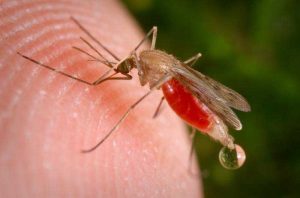
They can spread malaria in some areas of the United States. This type of mosquito is a night-time biter with peak activity around dusk. Avoid bites by using an EPA-registered insect repellent and by wearing long-sleeved shirts and long pants at night, and avoiding being outdoors when mosquito activity is greatest—dusk to dawn.
Anopheles Quadrimaculatus Mosquito
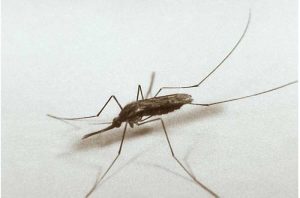
This type can spread malaria in some areas of the United States if it picks up the parasite from an infected human host; however this type of transmission has not been documented in over 50 years in the continental United States. You can prevent bites by using EPA-registered insect repellents, wearing long sleeved shirts and long pants,and staying inside during peak mosquitos hours.
Conclusion
According to CDC, there are many different types of mosquitoes that can carry diseases such as chikungunya fever, dengue fever, encephalitis, meningitis, pneumonia, and West Nile virus. To prevent bites from these insects protect yourself by using EPA-registered insect repellents, wearing protective clothing, and staying doors during peak biting hours for mosquitoes—dusk to dawn. For more information about recognizing different kinds of mosquitoes visit CDC website.

